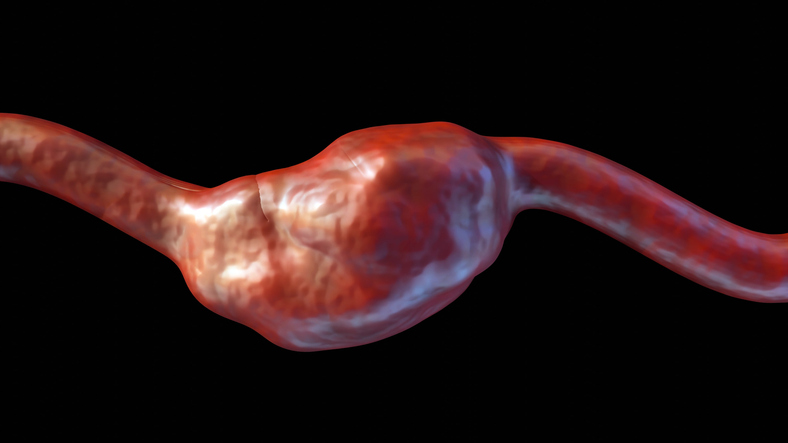A study in PLoS One, compared low-voltage area (LVA)-guided left atrial (LA) linear ablation on preexisting LVA and its effects on LA reverse remodeling in patients with non-paroxysmal atrial fibrillation (non-PAF). The authors, led by Hao-Tien Liu, MD, observed that LVA-guided linear ablation provided better outcomes than non-LVA guided linear ablation.
The authors firmly stated that the benefits of the procedure “[outweigh] the harmful effects of iatrogenic scaring in non-PAF patients.”
Researchers retrospectively evaluated 145 patients who had undergone radiofrequency catheter ablation for drug-refractory non-PAF. Patients with atrial fibrillation (AF) were assessed with CARTO-guided bipolar voltage mapping to identify LVAs, which were defined as sites with voltage ≤ 0.5 mV. Procedurally, If isolation of the circumferential pulmonary vein didn’t convert AF into sinus rhythm, additional LA linear ablation was administered to patients.
The articled reported that LVA-guided linear ablation produced a significantly higher rate of linear block at the mitral isthmus than non-LVA-guided linear ablation did. Interestingly, LVA-guided linear ablation patients had larger LA size and higher extent of LVA, but had a higher long-term AF/LA tachycardia-free survival rate than the non-LVA-guided group. The LA reverse remodeling effects by resuming sinus rhythm were noted even in patients with a diseased left atrium undergoing extensive LA linear ablation.
Additionally, 29 of 145 patients had refractory AF or LA tachycardia recurrence over a mean follow-up duration of 48 ± 33 months. Participants with clinical measures including low LA emptying fraction, large LA size, and high extent of LVA were associated with a higher chance of AF recurrence.
The report noted that the study was limited by its small and retrospective sample size, which potentially introduced patient characteristics bias and limited the power of the statistical conclusions. And although the investigators routinely performed cardiac computed tomography (CT) scans, they did not perform delayed enhancement cardiac magnetic resonance imaging on all patients before the procedure, meaning that they couldn’t verify that the low-potential region included scar sites.
The authors also cautioned that the reported rate of AF recurrence was calculated based on patient symptoms and extended monitoring did not include all patient, and so AF and LA tachycardia free survival was likely overestimated as a results.
Additional LVA-guided linear ablation through targeting the arrhythmogenic LVA and reducing LA mass is better than non-LVA guided linear ablation to prevent AF recurrence in non-PAF patients. LA reverse remodeling occurred in patients with sinus rhythm maintenance after RFCA regardless of the extent of linear ablation. Multicenter randomized controlled trials in sufficient numbers of patients are needed to clarify the role of LVA-guided linear ablation in non-PAF patients.







 © 2025 Mashup Media, LLC, a Formedics Property. All Rights Reserved.
© 2025 Mashup Media, LLC, a Formedics Property. All Rights Reserved.